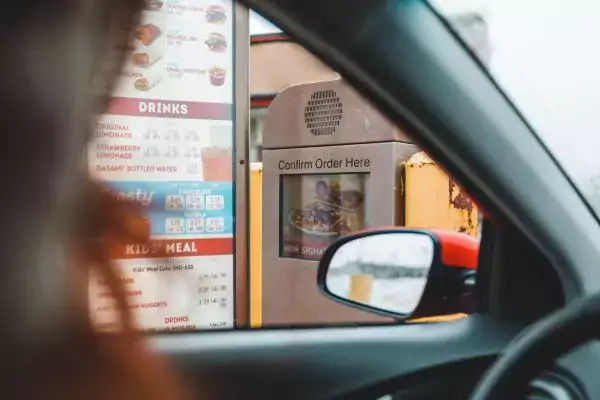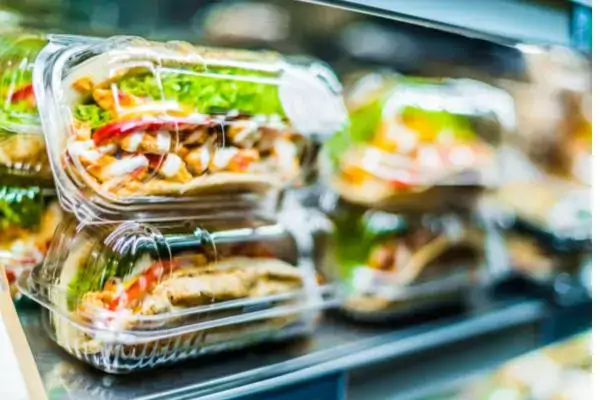Ready, set, re-label your foodservice menu!
Ah, if only it were that easy. Following government mandates can be tedious, and when it affects an industry as large as restaurants and hospitality, there are bound to be many questions and concerns from those affected.
Here’s a brief recap of events over the past year: The U.S. Food & Drug Administration released its final rules on menu labeling in November 2014. Based on comments, the FDA extended the compliance date to Dec. 1, 2015. Vending machine operators were granted an additional year to comply.
The rationale behind the law is that posting calories on menus and menu boards, and providing other nutrient information in writing in chain restaurants and similar retail food establishments will fill a “critical information gap and help consumers make informed and healthful dietary choices,” the FDA stated on its website.
What Food Retailers are Affected?
To put it simply: everyone.
This law affects virtually every retail food business that is part of a chain with 20 or more locations, including locations doing business under the same name (franchises), and offers for sale substantially the same menu items. Each standard menu item must have a calorie declaration and there are also rules on type size and font color on menu boards.
Not included are certain foods purchased in grocery stores “or other similar retail food establishments that are typically intended for more than one person to eat and require additional preparation before consuming” e.g. deli meats, large-size deli salads and cheeses.
What Does It Cost?
When the FDA first introduced the guidelines in 2011, the agency estimated that 1,640 unique chains, including restaurants, convenience stores and supermarkets, would need to comply with the new menu labeling law. The average cost per chain were as follows:
Restaurant chains: $45,720
Grocery store chains: $22,500
C-store chains: $22,889
Making the Most Out of the Opportunity
It’s been well documented that more Americans are seeking healthier food options. Therefore, menu labeling presents both a challenge and an opportunity for retailers. The challenge is having to spend money to analyze menus and make improvements. The opportunity is the chance to revamp menus with healthier, more appealing options.
In the coming months, it will be very interesting to see what happens once menu labeling goes into full effect. Even healthy can rack up calories. For example, a recent New York Times study revealed that the average Chipotle order contains 1,070 calories.
Eyes will pop when calories are counted. Menus will change and so will customers’ purchasing decisions… or not. Only time will tell how much this law actually costs to implement, and whether or not these sweeping changes did, in fact, have a positive impact on public health.
Subscribe to our blog
You are now subscribed!


